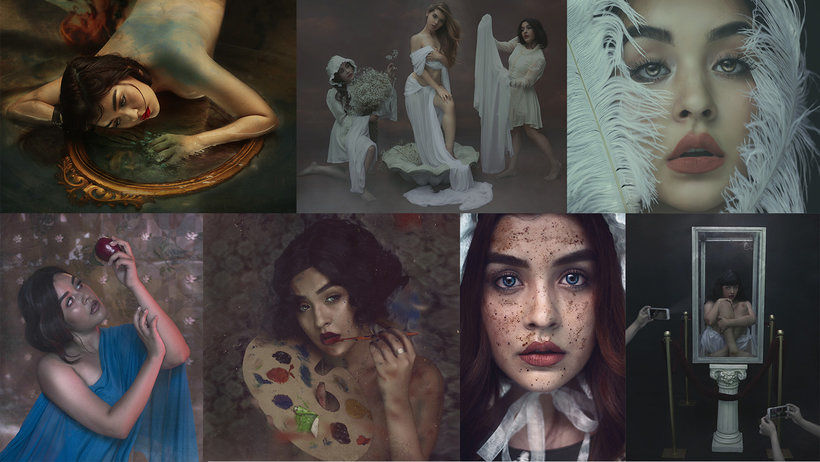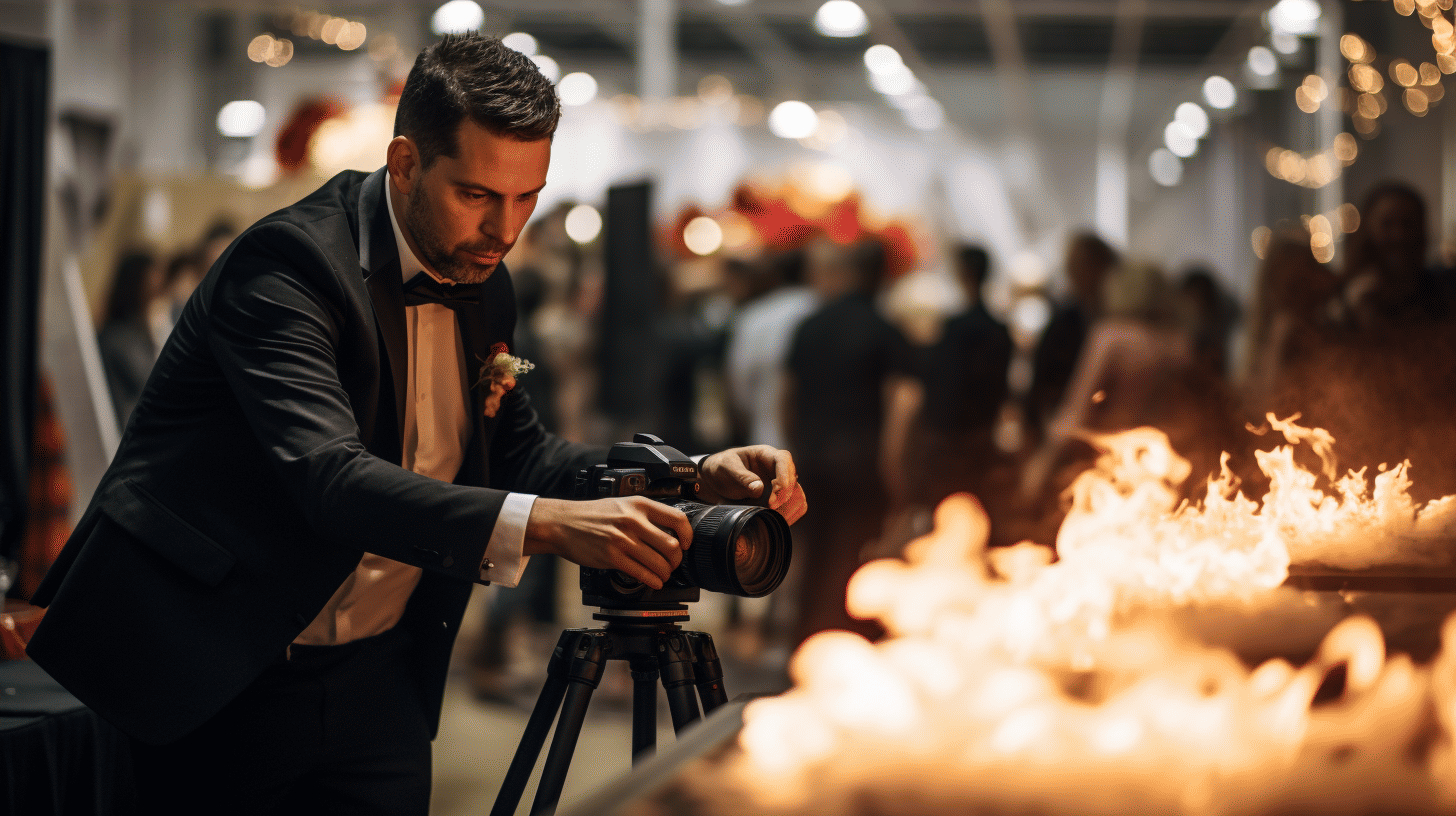Unveiling the Art: Navigating the Ever-Changing Landscape of Photography Techniques and Trends

15-12-2024, 05:34 Admin 2 594 0
As we delve into the third installment of our exploration, it is imperative to mention that the world of photography is as fluid as water, ceaselessly redefining itself under the influence of technological advancements and cultural tides. By decoding modern techniques and trends using technological tools and resources, we enhance the craft whilst optimally trailblazing through the labyrinths of efficiency.
One burgeoning trend modern photographers cannot ignore is 'augmented reality' (AR). Contrary to older practices which relied on capturing moments as they were, AR photography fuses real environments with computer-generated elements. One exemplary application would be IKEA Place app, where prospective furniture buyers can use their device camera to generate a virtual representation of how a particular piece might look in their home. There's extreme potential for AR to alter the landscape for professionals, with unique storytelling opportunities, particularly in commercial and editorial sectors.
In addition to AR, the use of artificial intelligence (AI) in photography is a novel trend that’s changing the game for the better. AI-based editing tools like Luminar 4 offer transformative capabilities on par with professional editors. These tools recognize patterns and shapes in an image, lending an ability to enhance subjects and backgrounds with a simple slider movement. Efficiency in the editing phase ensures more time and energy can be spent on capturing moments and less on post-processing, a game changer for professionals and amateurs alike.
Another interesting trend is the use of drone photography, providing staggering bird's-eye views without the need for helicopters or airplanes. It has found its footing particularly in real estate and landscape photography. The DJI Mavic series, for example, combines high resolution with portability, illustrating how technology can, in fact, provide a more comprehensive photographic experience while maintaining efficiency.
And then, there is computational photography, where software algorithms mesh with hardware techniques to optimize how images are captured and processed. Think Google's Night Sight or Apple's Deep Fusion, both using AI and machine learning to enhance low-light and texture detail in photography, respectively. This technology will increasingly become integral as more photographers seek to leverage dynamic range and lighting in their compositions.
All these trends highlight the crucial part technology plays in reshaping the artistic and operational aspects of photography. As the boundaries extend further, the professional must adapt and master not only the art of creating meaningful connection through their work but also navigating the ever-evolving tech-led waters to squeeze efficiency out of every pixel shot. This is the allure of modern photography - a beautiful dance between art and technology, where the old and new merge, creating imprints that are timelessly captivating while being technologically relevant.
In conclusion, the transformation of photographic techniques and trends is an endless journey. One that unfurls new chapters of creativity and innovation continually. The key to navigating this indomitable wave lies in seeking and embracing technology - the compass guiding us through this ocean of ever-changing landscapes. Our passion for photography, coupled with the tools of the times, is what will keep us afloat.
One burgeoning trend modern photographers cannot ignore is 'augmented reality' (AR). Contrary to older practices which relied on capturing moments as they were, AR photography fuses real environments with computer-generated elements. One exemplary application would be IKEA Place app, where prospective furniture buyers can use their device camera to generate a virtual representation of how a particular piece might look in their home. There's extreme potential for AR to alter the landscape for professionals, with unique storytelling opportunities, particularly in commercial and editorial sectors.
In addition to AR, the use of artificial intelligence (AI) in photography is a novel trend that’s changing the game for the better. AI-based editing tools like Luminar 4 offer transformative capabilities on par with professional editors. These tools recognize patterns and shapes in an image, lending an ability to enhance subjects and backgrounds with a simple slider movement. Efficiency in the editing phase ensures more time and energy can be spent on capturing moments and less on post-processing, a game changer for professionals and amateurs alike.
Another interesting trend is the use of drone photography, providing staggering bird's-eye views without the need for helicopters or airplanes. It has found its footing particularly in real estate and landscape photography. The DJI Mavic series, for example, combines high resolution with portability, illustrating how technology can, in fact, provide a more comprehensive photographic experience while maintaining efficiency.
And then, there is computational photography, where software algorithms mesh with hardware techniques to optimize how images are captured and processed. Think Google's Night Sight or Apple's Deep Fusion, both using AI and machine learning to enhance low-light and texture detail in photography, respectively. This technology will increasingly become integral as more photographers seek to leverage dynamic range and lighting in their compositions.
All these trends highlight the crucial part technology plays in reshaping the artistic and operational aspects of photography. As the boundaries extend further, the professional must adapt and master not only the art of creating meaningful connection through their work but also navigating the ever-evolving tech-led waters to squeeze efficiency out of every pixel shot. This is the allure of modern photography - a beautiful dance between art and technology, where the old and new merge, creating imprints that are timelessly captivating while being technologically relevant.
In conclusion, the transformation of photographic techniques and trends is an endless journey. One that unfurls new chapters of creativity and innovation continually. The key to navigating this indomitable wave lies in seeking and embracing technology - the compass guiding us through this ocean of ever-changing landscapes. Our passion for photography, coupled with the tools of the times, is what will keep us afloat.
Related News
Leave a Comment


